West African Sculpture: Echoes of Timeless Artistry
The Resonance of West African Sculpture
In the grand tapestry of global art, the thread of West African sculpture weaves a narrative of profound historical depth, cultural richness, and timeless artistry. This journal seeks to explore the echoes of this artistry, reverberating from the past and resonating in the present.
West African sculpture, a term that encompasses a vast array of artistic expressions from a region rich in cultural diversity, has long been a source of fascination and admiration among art connoisseurs and historians alike. From the intricate wooden carvings of the Yoruba to the bronze masterpieces of the Benin Kingdom, these works of art are not merely aesthetic objects; they are tangible manifestations of a people’s worldview, their spiritual beliefs, their societal structures, and their artistic ingenuity.
At MoMAA, we are privileged to house a collection of these remarkable sculptures, each with its own story to tell. Works like the Ebong Ekwere, Boma Jeo Jim, African Mask Bakota, and the Igala Mask, each bear testament to the skill and creativity of the artists who crafted them, and the cultures they represent.
In this journal, we delve into the world of West African sculpture, tracing its historical roots, examining its artistic elements, and exploring its influence on contemporary art. We invite you to join us on this journey, as we uncover the echoes of timeless artistry in West African sculpture.
Now, let’s delve deeper into the world of West African sculpture, with the aid of some visuals to enhance our understanding.
The Power of Contemporary African Sculpture is a testament to the evolution of West African sculpture. This art form has transcended traditional boundaries while maintaining a deep connection to its roots. The innovative form of contemporary West African sculpture showcases the immense creativity and adaptability of its artists. Drawing from traditional African sculpture, these artists have expanded their repertoire of materials and techniques, pushing the boundaries of artistic expression.
From the use of reclaimed and recycled materials to the incorporation of digital and mixed media, contemporary West African sculpture embodies a fusion of past, present, and future. The dynamic function of contemporary West African sculpture is another testament to its power. Far from being merely decorative, these artworks serve as a platform for addressing social issues, challenging political narratives, and fostering community involvement.
Monumental sculptures and public art installations act as symbols of cultural identity, celebrating the resilience and ingenuity of African people while also preserving their rich cultural heritage. Furthermore, the profound expression found in contemporary West African sculpture communicates the personal and collective experiences of the artists and their communities.
Themes such as migration, displacement, and postcolonial discourse resonate on a global scale, while explorations of spirituality and the human condition invite introspection and empathy from viewers. The emotional impact of these sculptures not only evokes a sense of pride and resilience but also promotes cross-cultural understanding and appreciation.
In this journal, we will delve deeper into the power of contemporary West African sculpture, examining its innovative form, dynamic function, and profound expression. By analyzing the works of notable African sculptors such as El Anatsui, Sokari Douglas Camp, and Wangechi Mutu, we will demonstrate how contemporary West African sculpture has become a vital and influential force in the world of art.
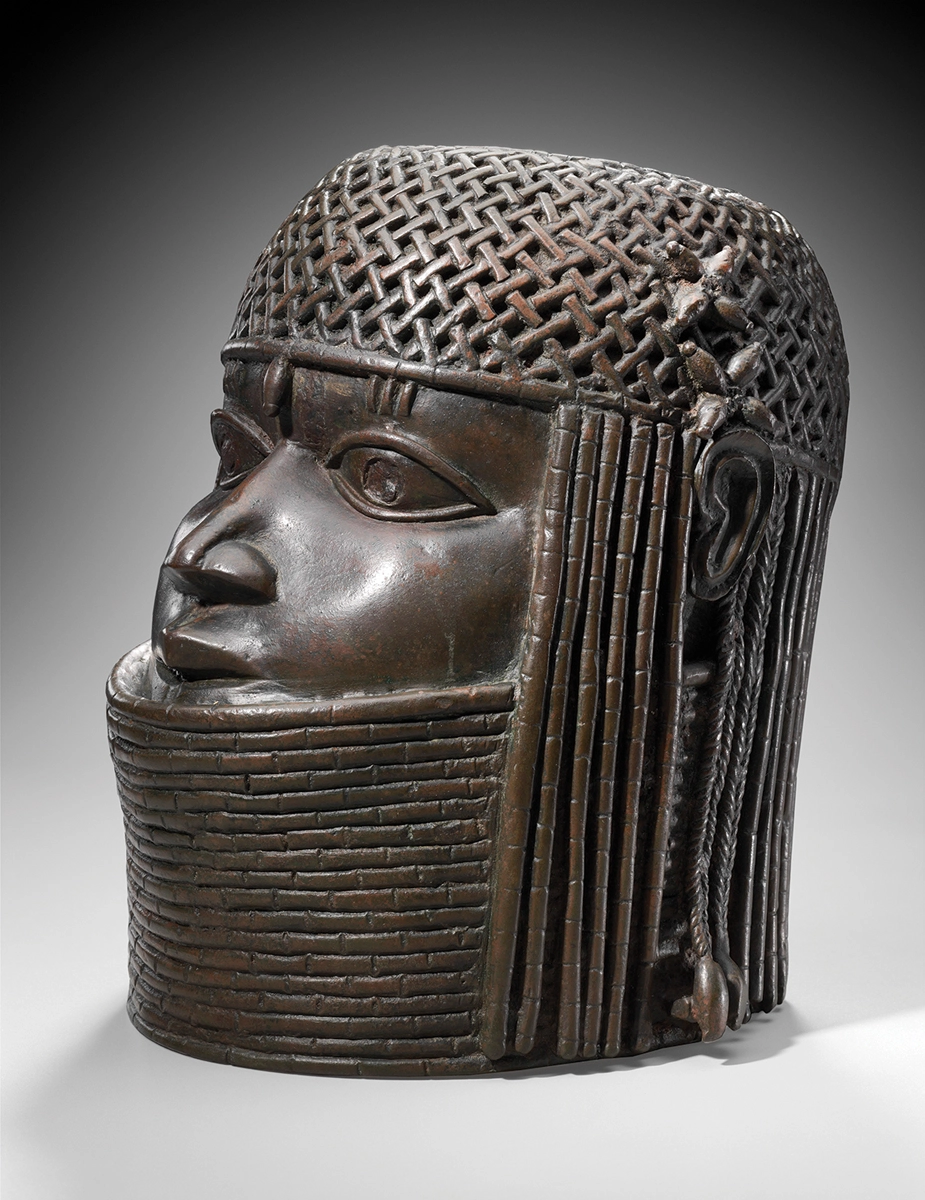
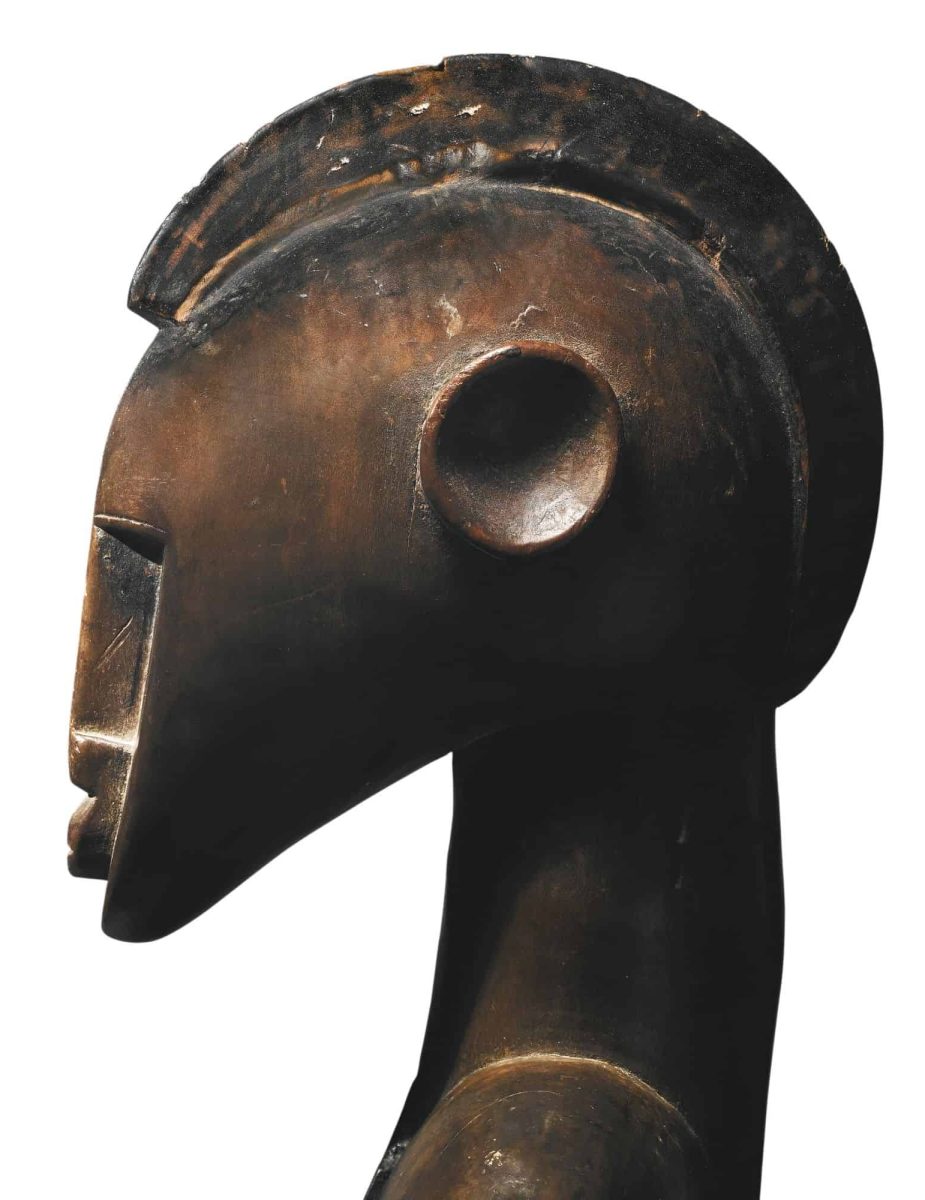
Historical Context of West African Sculpture
West African sculpture has a rich and diverse history that spans centuries. Traditional West African sculpture was primarily focused on spiritual and religious themes, commemoration of ancestors and leaders, and the celebration of nature and wildlife. The influence of colonization and globalization, however, has led to a shift in the themes, styles, and materials used in West African sculpture. This art form has grown to encompass social, political, and environmental commentary, playing a significant role in cultural preservation and identity.
Artistic Elements of West African Sculpture
Traditional Themes
Spirituality and religion have always been central to African art, with sculptures depicting deities, spirits, and religious figures. The influence of traditional beliefs and practices is still evident in contemporary West African sculpture, as artists explore themes of spirituality and the divine. Commemoration of ancestors and leaders is another significant theme. African sculpture has historically been used to honor and remember important figures in society. Contemporary artists continue this tradition, creating sculptures that pay tribute to leaders and ancestors who have shaped their communities and cultures. The celebration of nature and wildlife is also a prevalent theme. The natural world has always been an important source of inspiration for African artists. Contemporary sculptors often depict animals, plants, and landscapes in their work, drawing attention to the beauty and fragility of the environment.
Modern Themes
Many contemporary West African artists use their sculptures as a platform to address pressing social and political issues, such as human rights, inequality, and the effects of globalization on African culture. Artists often create sculptures that challenge societal norms and confront issues of gender, race, and class inequality. These works encourage viewers to question their own assumptions and prejudices. With growing awareness of environmental issues, contemporary West African sculptors are increasingly incorporating themes of conservation and sustainability into their work.
- Sculpture
Contemporary Influence of West African Sculpture
Notable Contemporary West African Sculptors
El Anatsui, a Ghanaian artist, has gained international recognition for his innovative and striking sculptures. Anatsui’s signature style involves using discarded materials, such as bottle caps and aluminum, to create intricate, large-scale installations that explore themes of consumption, waste, and the passage of time. His work has had a significant impact on the African art scene and has inspired many emerging artists.
Sokari Douglas Camp, a Nigerian artist, is known for her exploration of personal and cultural identity through sculpture. Using steel and other industrial materials, Camp creates powerful pieces that address themes such as migration, displacement, and the legacy of colonialism.
Chéri Samba, a Congolese artist, combines elements of painting and sculpture. Samba’s art focuses on social and political themes, challenging viewers to confront uncomfortable truths about contemporary African society.
Jane Alexander, a South African artist, is renowned for her evocative sculptures that address the legacy of apartheid and its aftermath. Her work often features haunting human and animal forms, which serve as a metaphor for the violence and oppression experienced during this dark period in South African history.
The Role of Exhibitions, Museums, and Galleries in Promoting West African Sculpture
Exhibitions, museums, and galleries play a crucial role in showcasing and promoting contemporary West African sculpture to a global audience. Through participation in international exhibitions and biennales, such as the Venice Biennale, Dakar Biennale, and Johannesburg Art Fair, African artists are able to share their work and ideas with the world. Museums and galleries dedicated to African art, such as the Zeitz MOCAA in South Africa, The National Museum of African Art in the USA, and The Museum of African Contemporary Art Al Maaden in Morocco, provide a platform for these artists to reach a wider audience and gain recognition.
The Clyman Fang Head
One notable example of the enduring influence of West African sculpture is the Clyman Fang Head, a legendary and iconic work of art. This African reliquary statue was offered at Sotheby’s contemporary art evening sale in New York, marking the first time a work of classical African art was auctioned alongside masterpieces from contemporary art icons such as Clyfford Still, Francis Bacon, and Jean-Michel Basquiat.
The Clyman Fang Head, with its exceptionally elegant geometric form, expresses artistic ideas developed by pre-Colonial African artists, which were transmitted to modern masters in the early 20th century. This artistic affinity is particularly evident in Amadeo Modigliani’s famed stone head sculptures.
The statue was first published in 1931 by its first known Western owner, Charles Ratton. In the late 1930s, it was sold to James Johnson Sweeney, the visionary American modern art curator and writer, who, with the assistance of Ratton, organized the 1935 exhibition African Negro Art at the Museum of Modern Art in New York.
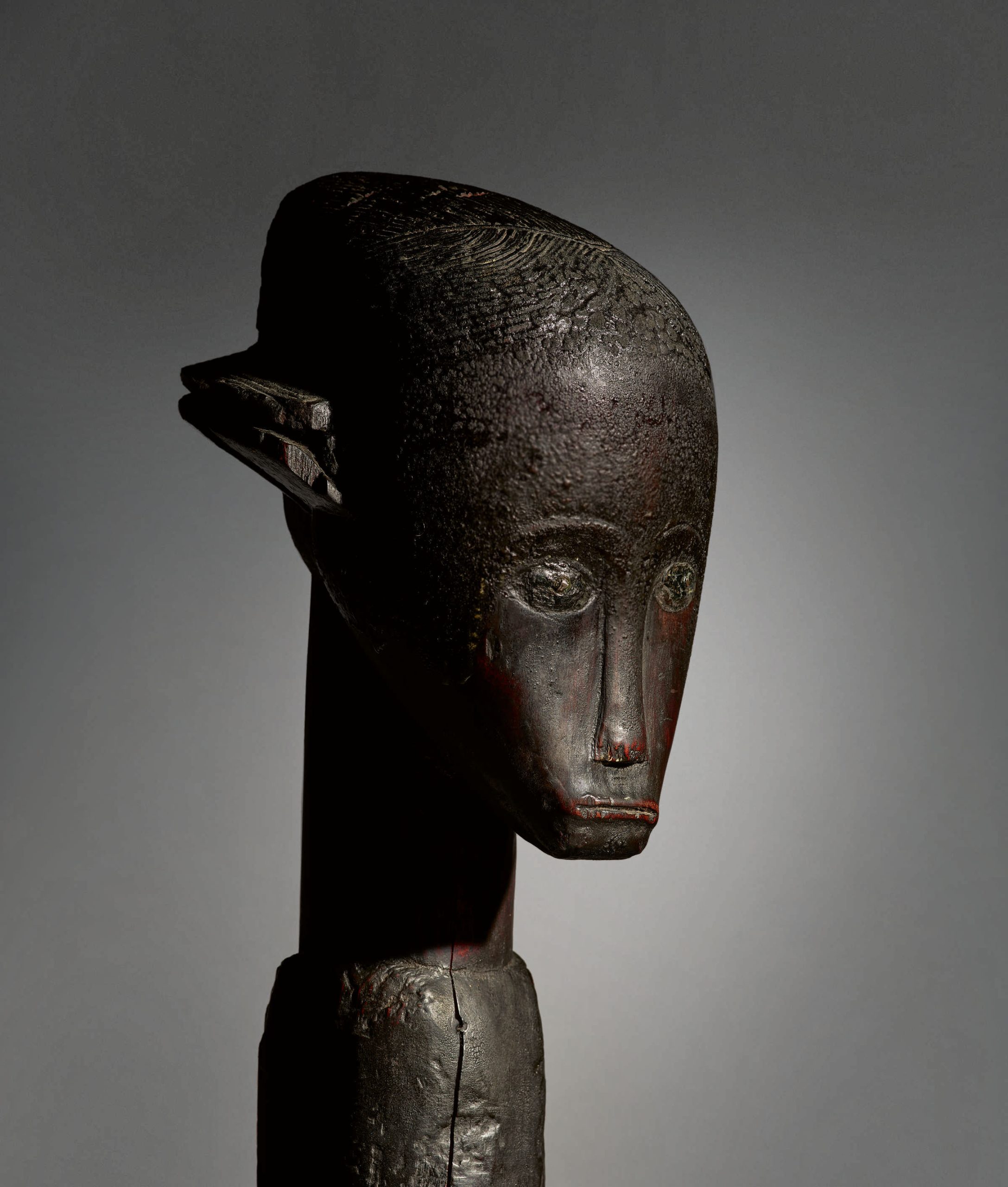
In 1986, the statue was sold from Sweeney’s estate at Sotheby’s in New York to William McCarty-Cooper, heir to British historian and collector Douglas Cooper. The sculpture last appeared on the market in 1992, when it was acquired at auction in New York by the late Sidney and Bernice Clyman, who began collecting African art in the early 1970s. In more than half a century of collecting, the couple assembled a group of masterpiece-caliber examples of the major sculptural styles of sub-Saharan Africa.
This case study exemplifies the enduring legacy and influence of West African sculpture, demonstrating its timeless artistry and its significant impact on the global art scene. The Clyman Fang Head serves as a testament to the rich artistic heritage of West Africa and the profound influence of its sculpture on contemporary art.
The Demand for African Art
The demand for African art, including West African sculpture, has been soaring in recent years. This surge in demand has been driven by a desire among Western museums to diversify their collections, as well as by art collectors eager to discover the next big thing. The market for contemporary African art has never been hotter, as evidenced by the success of the 1-54 Contemporary African Art Fair in Marrakesh.
However, this increased demand has also sparked concerns about a potential exodus of masterworks from the continent. As more and more works are snapped up by collectors, the majority are heading to Europe and North America, with few staying in Africa. This has led to fears that in a few years, the best works by African artists could all be located outside of Africa.
Despite these concerns, there is also optimism about the growing number of African collectors and their private museums. These collectors offer opportunities to showcase new works in Africa and help to develop the local market.
The 1-54 Contemporary African Art Fair has been instrumental in promoting African art and artists. The fair provides a platform for artists from Africa and its diaspora and has welcomed a growing number of galleries from Africa. The fair’s director, Touria El Glaoui, has noted the progress made in terms of the visibility of artists from the African continent since the fair’s inception in 2013.
The rise in demand for African art is not without its challenges, but it also presents opportunities. As the market for African art continues to grow, it is crucial to ensure that this growth benefits African artists and contributes to the development of the art scene on the continent.
The Conclusion: Echoes of Timeless Artistry in West African Sculpture
As we conclude our exploration of West African sculpture, we are left with a profound appreciation for the timeless artistry that this unique form of expression embodies. From its historical roots to its contemporary manifestations, West African sculpture continues to resonate with a deep sense of cultural identity, artistic innovation, and social relevance.
The enduring legacy of West African sculpture is evident in the works of contemporary artists who draw inspiration from their cultural heritage while pushing the boundaries of artistic expression. Artists like El Anatsui, Sokari Douglas Camp, and Chéri Samba, among others, are testament to the vibrant and dynamic nature of West African sculpture in the modern art scene.
The growing global interest in African art, as evidenced by the soaring demand and the success of art fairs like the 1-54 Contemporary African Art Fair, underscores the significant role that West African sculpture plays in the global art discourse. However, it also highlights the importance of preserving and promoting this rich artistic heritage within the continent.
At MoMAA, we are committed to showcasing the diverse and vibrant artistry of West African sculpture. Through our collection, we aim to provide a platform for these remarkable works of art and the artists who create them. We believe that by doing so, we can contribute to the ongoing dialogue about African art and its place in the world.
As we reflect on the echoes of timeless artistry in West African sculpture, we are reminded of the power of art to transcend boundaries, to communicate deeply held beliefs and values, and to inspire and challenge us. We invite you to continue exploring the world of West African sculpture, to discover its many facets, and to appreciate its enduring beauty and significance.
In the words of Nigerian novelist Ben Okri, “Art is the way we illuminate the human spirit, the unseen dimensions of our lives. It is the way we dive into the heart of our humanity.” West African sculpture, with its rich history and contemporary relevance, is a shining example of this illuminating power of art.
FAQs about West African Sculpture
- What were West African sculptures used for?
- West African sculptures were used for various purposes, including religious rituals, ancestor worship, and as symbols of authority.
- What are West African sculptures made of?
- West African sculptures are made of various materials, including wood, bronze, terracotta, and ivory.
- What is traditional African sculpture?
- Traditional African sculpture often depicts human figures and animals and is used for religious and ceremonial purposes.
- What is unique about African sculpture?
- African sculpture is unique in its emphasis on stylized forms, symbolic representation, and its use for spiritual and social purposes.
- What are the 5 elements of African art?
- The five elements of African art are proportionality, balance, symmetry, repetition, and clarity of form.
- What are 5 facts about African art?
- African art is diverse, deeply rooted in tradition, often has spiritual significance, is integral to social and political structures, and has influenced many Western artists.
- What is West African art?
- West African art encompasses a wide range of artistic expressions, including sculpture, painting, textiles, and pottery, each with unique styles and themes.
- What is the most important sculptural art of Africa?
- The most important sculptural art of Africa varies by region, but notable examples include the bronze sculptures of the Benin Kingdom and the stone sculptures of the Great Zimbabwe.
- What is the oldest sculpture in Africa?
- The oldest known sculpture in Africa is the Venus of Tan-Tan, found in Morocco, which is estimated to be between 200,000 and 500,000 years old.
- What is the biggest African sculpture?
- The African Renaissance Monument in Senegal is currently the largest statue in Africa.
- Why African art is important?
- African art is important as it reflects the rich cultural heritage of the continent, serves as a medium for social and political commentary, and has significantly influenced global art trends.
- What tools are used for African sculpture?
- Tools used for African sculpture vary depending on the material, but can include chisels, knives, adzes, and carving tools.
- What are two importance of African art?
- African art is important for preserving cultural heritage and for its influence on global art trends.


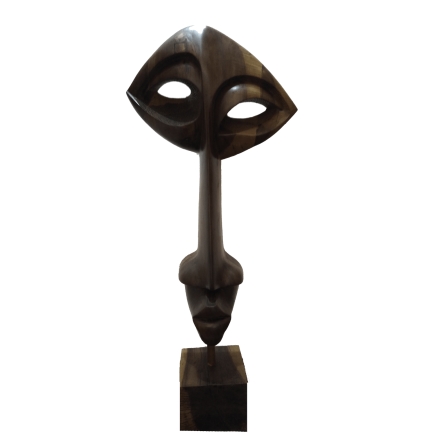
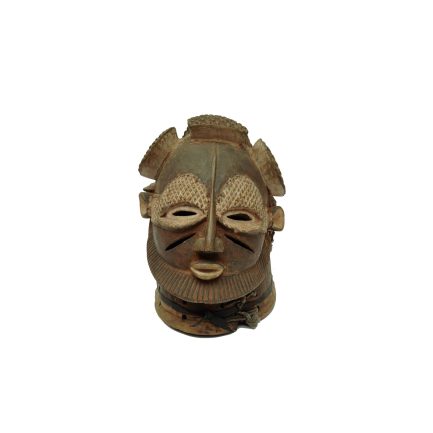


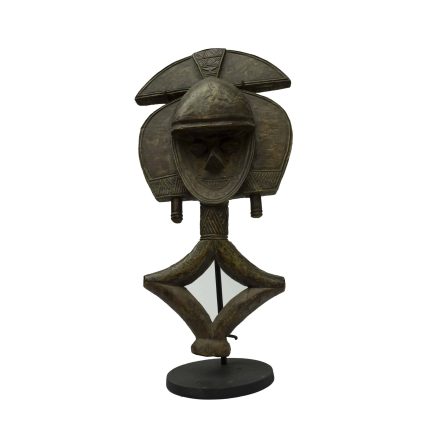

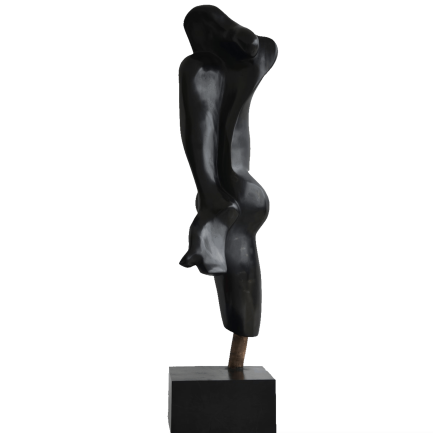

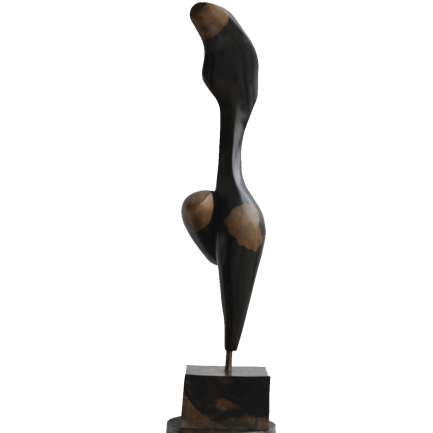



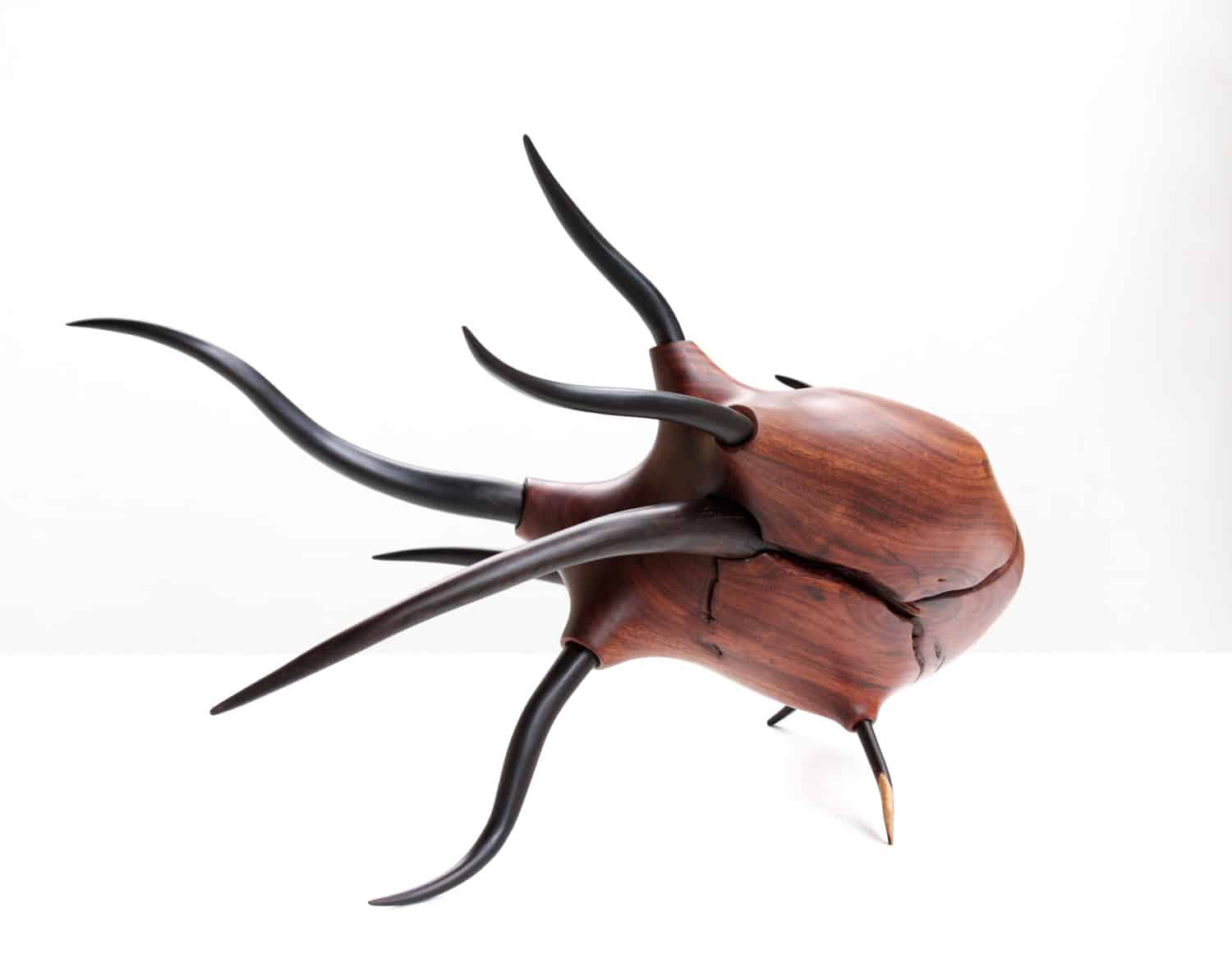
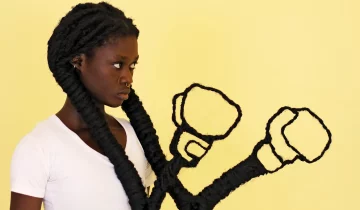
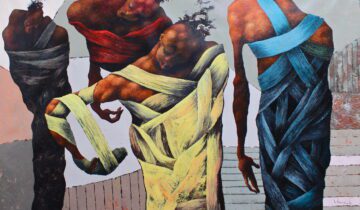
 No products in the basket.
No products in the basket.